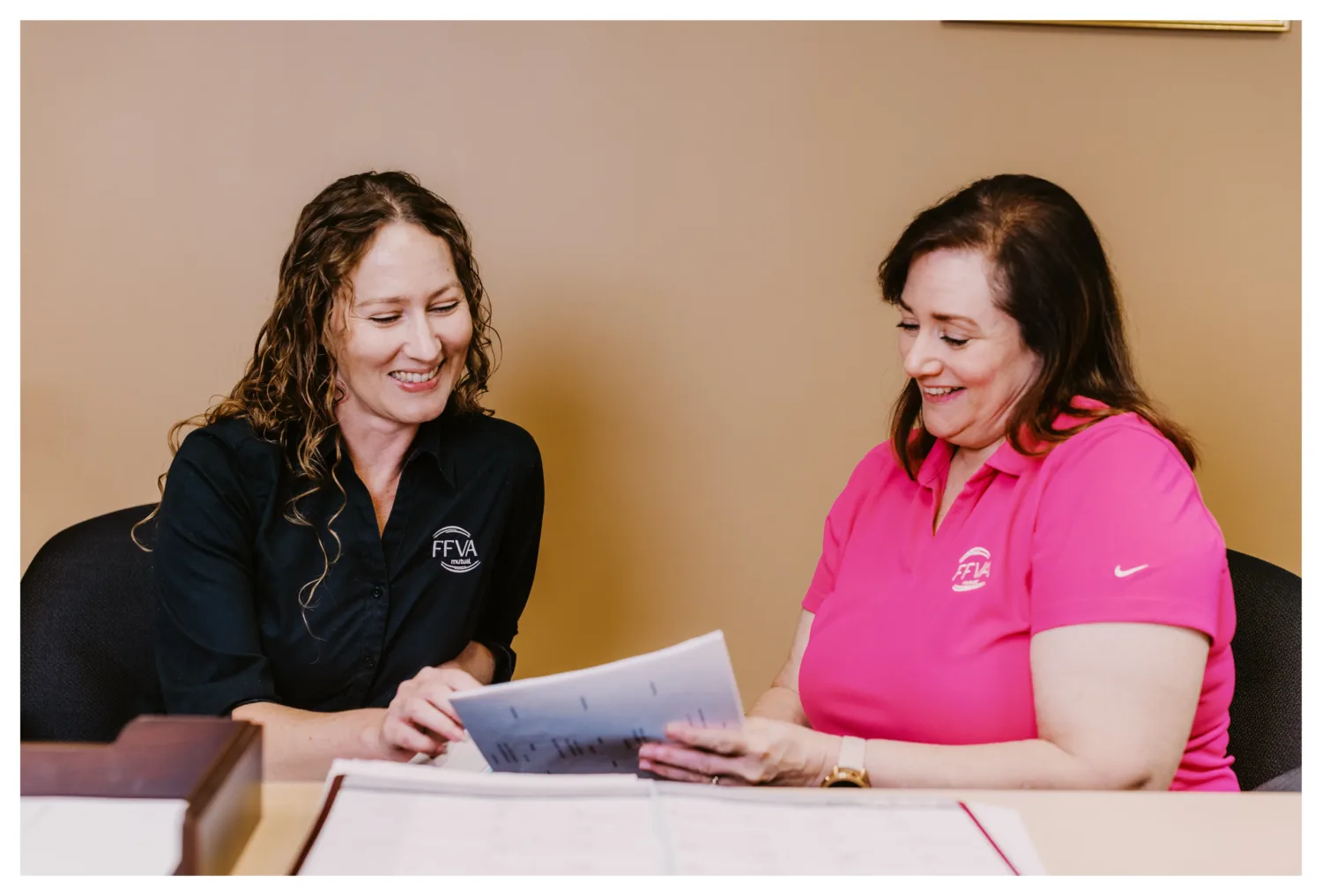The State of Safety Management
In every workplace, occupational safety should be more than just a policy to meet the minimum requirements for regulatory compliance. It needs to be a culture that permeates every level of the organization — a collective commitment to prioritize employee health.
However, workplace injury rates are on the rise, climbing 7.5% to reach 2.8 million nonfatal reported cases in 2022, according to the Bureau of Labor Statistics. Meanwhile, the National Safety Council reports a 5% increase in preventable workplace deaths, totaling almost 4,700 people.
These worrying trends highlight the growing need for employers to develop an effective safety culture in their organizations.
What Does It Mean To Have a Workplace Safety Culture
Creating a positive safety culture involves integrating safety standards, practices, values and goals into all aspects of the work environment. By providing hazard training and personal protective equipment to workers, bringing awareness to unsafe behaviors, and taking active steps to prevent accidents and other adverse events, employers can foster this culture from the ground up. This way, every employee, from the CEO to the newest hire, understands the safety procedures, risks and responsibilities associated with their role.
Why a Strong Safety Culture Is So Critical
Ignoring or neglecting safety concerns can lead to dire consequences. Beyond the human cost of a workplace injury or fatality, even a single safety issue can hold significant financial and reputational repercussions.
These range from increased insurance premiums and medical expenses to potential legal liabilities and fines for non-compliance with the Occupational Safety and Health Administration (OSHA). OSHA’s framework for occupational safety ensures workplaces proactively address potential hazards and improve unsafe working conditions, thereby preventing accidents before they occur.
Key Elements of an Effective Workplace Safety Culture
While every workplace will have its own unique set of safety hazards, values, goals and strategies, the most effective safety cultures are built on three core pillars:
- Strong Leadership: Leaders must prioritize their workers above all, dedicating resources and training to promote occupational health and wellbeing. Managers should also track safety performance, setting goals and objectives along the way.
- Worker Participation: Management support is critical, but a safety program is only effective when employees are involved in its creation and implementation. With firsthand knowledge of hazards, they have invaluable insight into identifying and preventing risks.
- Hazard Prevention: Lastly, everyone must work together to proactively identify each potential hazard. Thorough inspections can uncover unsafe conditions and address them promptly.
In addition to ongoing training sessions to reinforce safety practices and values, integrating these key components into your workplace safety program can have a significant impact on your overall culture.
15 Tips To Foster a Safety Conscious Work Environment
Building on these foundations, we’ve put together 15 tips designed to elevate your efforts and create a workplace that upholds and promotes safety values and practices:
1. Demonstrate Leadership Commitment
The cornerstone of any strong safety culture is leadership commitment. More than just executive buy-in, this requires a visible, unwavering dedication to preventing workplace injuries and ensuring employee health and wellbeing.
To set the tone for the entire organization, leaders should prioritize and actively engage in safety activities, regularly communicate their importance and allocate the resources necessary for these initiatives. By embodying these values and expectations, you can inspire everyone to follow suit.
2. Identify Risks and Hazards
Once a safety program has the support of leadership, it’s time to examine the workplace for potential safety hazards. Through a thorough evaluation of all operational areas, equipment use and employee practices, you can uncover subtle risks and larger threats that could lead to injuries or accidents.
3. Establish Clear Safety Policies
Of course, identifying risks is not sufficient to prevent accidents or unsafe behaviors. To provide employees with clear practices, procedures and expectations, it’s vital for leadership to develop structured policies that guide workers toward safer practices. Safety policies must be comprehensive, accessible and regularly updated to adapt to new safety insights, workplace operations or regulatory changes.
4. Conduct Regular Training
Building a safety-conscious workforce begins with education. Regular training provides an ongoing opportunity for employees to grow their knowledge and skills as they become safety professionals. These sessions should offer dynamic and engaging lessons, covering everything from basic safety protocols to specific hazard recognition related to their individual roles.
5. Provide Necessary Equipment
Firefighters don’t rush into a burning building without their gear, and while your workers might not be first responders, their safety still depends on having the right equipment. By providing essential protective gear and safety tools to your workers, you empower them to perform their tasks safely and effectively, minimizing the risk of accidents or injuries.
6. Maintain Open Communication
Creating a work environment where employees have an open dialogue around safety concerns is key to developing a solid culture. Whether it’s reporting a hazard, sharing insights or suggesting improvements, workers should be able to communicate their thoughts openly and without fear of reprisal.
Regular safety meetings, suggestion boxes and open-door policies with management are just a few ways to facilitate this communication while providing transparency to workers.
7. Create an Incident Report Program
A robust incident report program serves as the backbone for any safety culture that values transparency. By keeping a meticulous record of every mishap and workplace injury, no matter how minor, you can identify patterns, address causes and implement strategic changes to prevent future incidents.
Encouraging employees to report safety incidents without hesitation can, therefore, help you continuously refine your preventive measures to improve the safety of your workplace for all.
8. Develop an Emergency Response Plan
The last thing anyone wants in an emergency is for panic to ensue and escalate the situation. Crafting a comprehensive emergency response plan equips your employees with the knowledge and procedures they need to handle unexpected adverse events effectively — whether it’s a natural disaster or an on-site accident.
9. Perform Regular Safety Audits
Like a routine visit to the doctor, regular audits allow you to understand the health of your workplace safety program and identify new or emerging risks. This thorough inspection evaluates how well employees follow safety practices and protocols, as well as the effectiveness of those policies. Insights gained from these audits help guide continuous improvement efforts and keep your organization responsive to dynamic challenges.
10. Investigate and Learn From Incidents
Every safety incident, no matter the scale, offers invaluable lessons to prevent future occurrences. Beyond mere documentation, true safety investigations delve into the root causes to understand what went wrong and why. Not only does this demonstrate your organization’s dedication to employee wellbeing, but it also fosters a culture where safety lessons become an integral part of ongoing training and practices.
11. Consider an Employee Wellness Program
For many employers, the idea of worker wellbeing stops at preventing injuries and illnesses. However, a holistic wellness program can offer significant benefits to your safety program and culture, addressing the whole spectrum of health and wellbeing. These programs offer resources and support for aspects like mental health, stress management and physical fitness, offering comprehensive care for a healthier team.
12. Involve Employees in Decisions
It’s always a good idea to involve team members at all levels of the organization in safety decisions. By leveraging their firsthand knowledge and direct input, you can ensure that preventative measures remain effective for the daily risks they face. Addressing concerns promptly not only helps to prevent accidents but also reinforces the organization’s dedication to safeguarding its employees.
13. Recognize and Reward Safe Behavior
Positive reinforcement is a powerful tool to promote safety values within your organization. This recognition can take many forms, from public acknowledgment to tangible rewards for hitting safety goals. Encouraging all employees to adopt and maintain high standards not only boosts morale but cultivates an environment where a positive safety culture is everyone’s achievement.
14. Stay Informed on Laws and Regulations
Legislation is constantly in flux, with new regulations passing each year. Staying up to date on the latest employee laws is critical for ensuring compliance and protecting against potential legal issues and fines. More importantly, adhering to the highest standards demonstrates a commitment to employee safety that fosters trust among employees.
15. Strive for Continuous Improvement
It’s important to remember that a positive safety culture is the result of continuous efforts on the part of everyone in the organization. However, it’s the employer’s responsibility to regularly evaluate and refine safety measures, incorporate new technologies and best practices and learn from both successes and failures.
By keeping employees at the forefront of workplace safety and allowing these practices to evolve alongside the business, employers can mitigate risks and foster an environment of innovation and adaptability
Have More Questions About Workplace Safety?
Navigating the intricacies of a workplace safety culture can be complicated. At FFVA Mutual, we understand the challenges you face, and we’re here to help.
Our team of Safety Solutionists is ready to guide you through developing a robust safety program, and our toolkit offers a wide range of resources designed to assist this process.
Reach out to us to start fostering a safer, healthier workplace today.






























